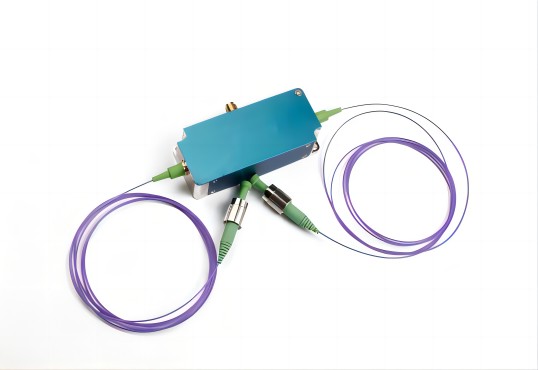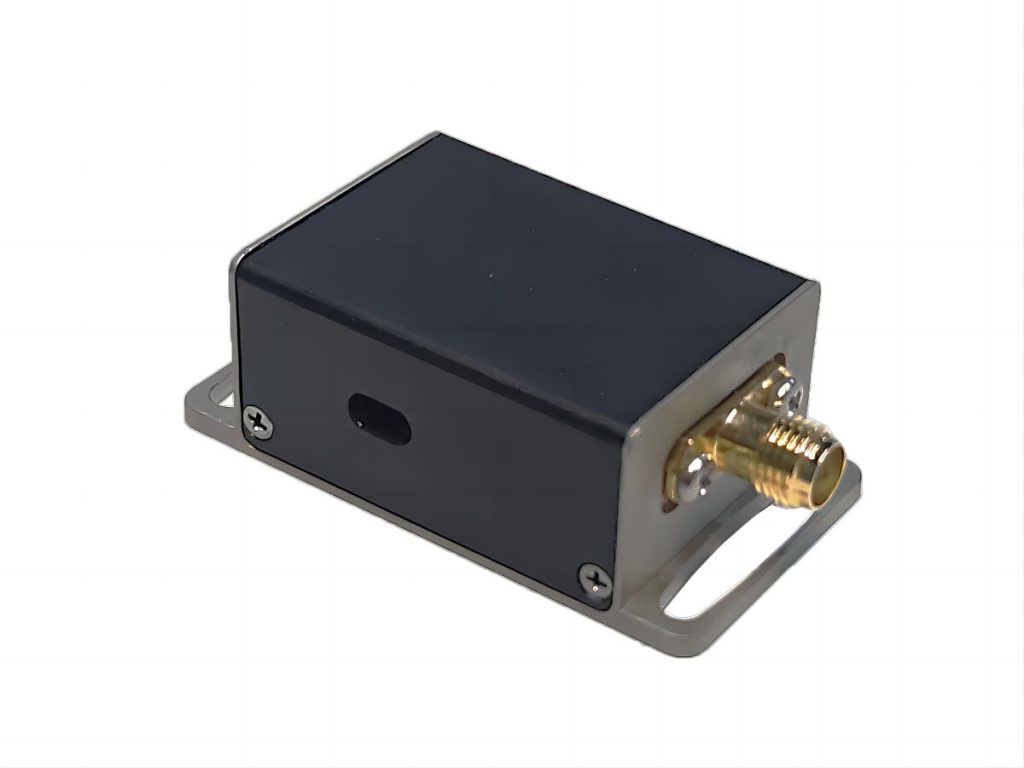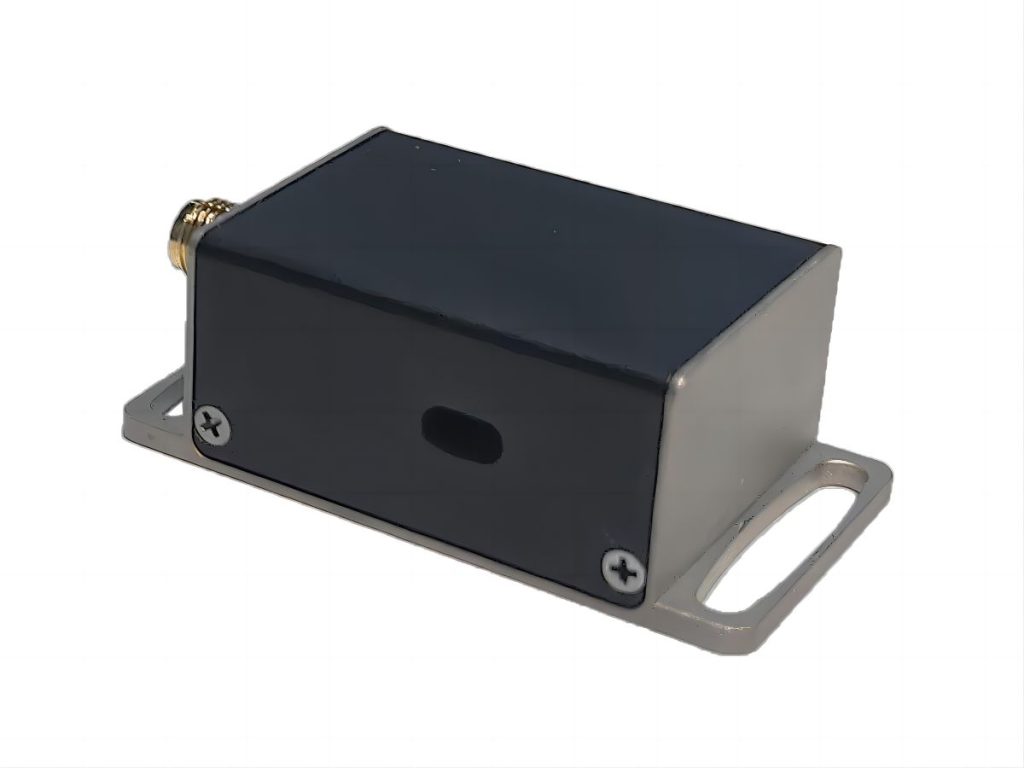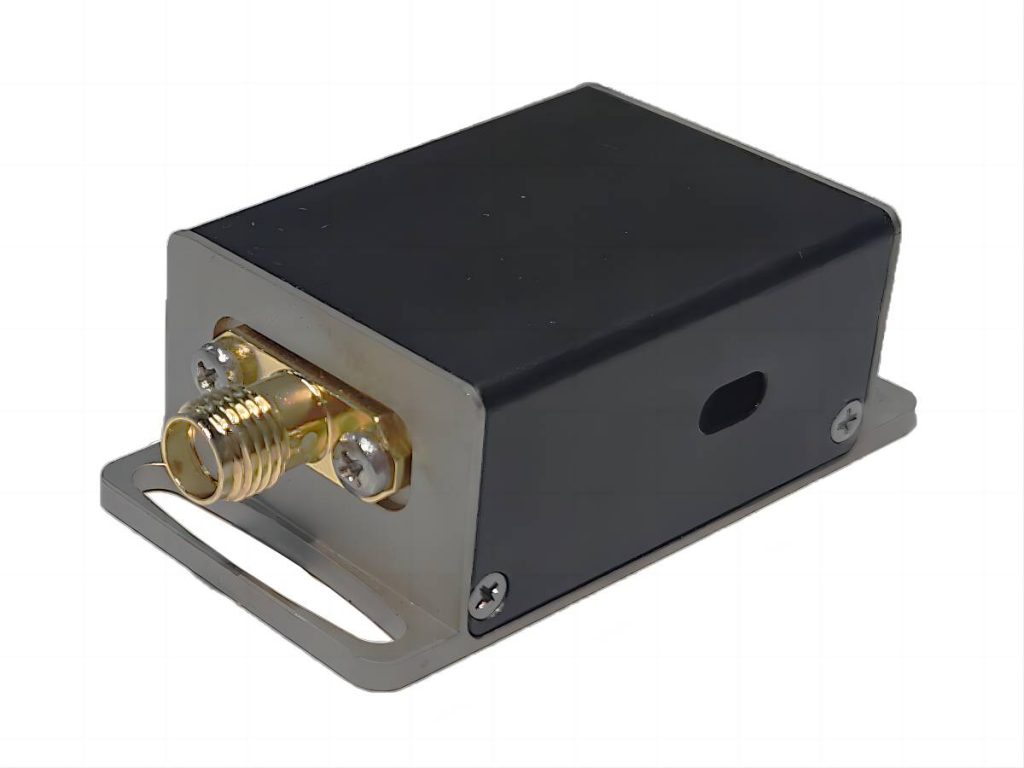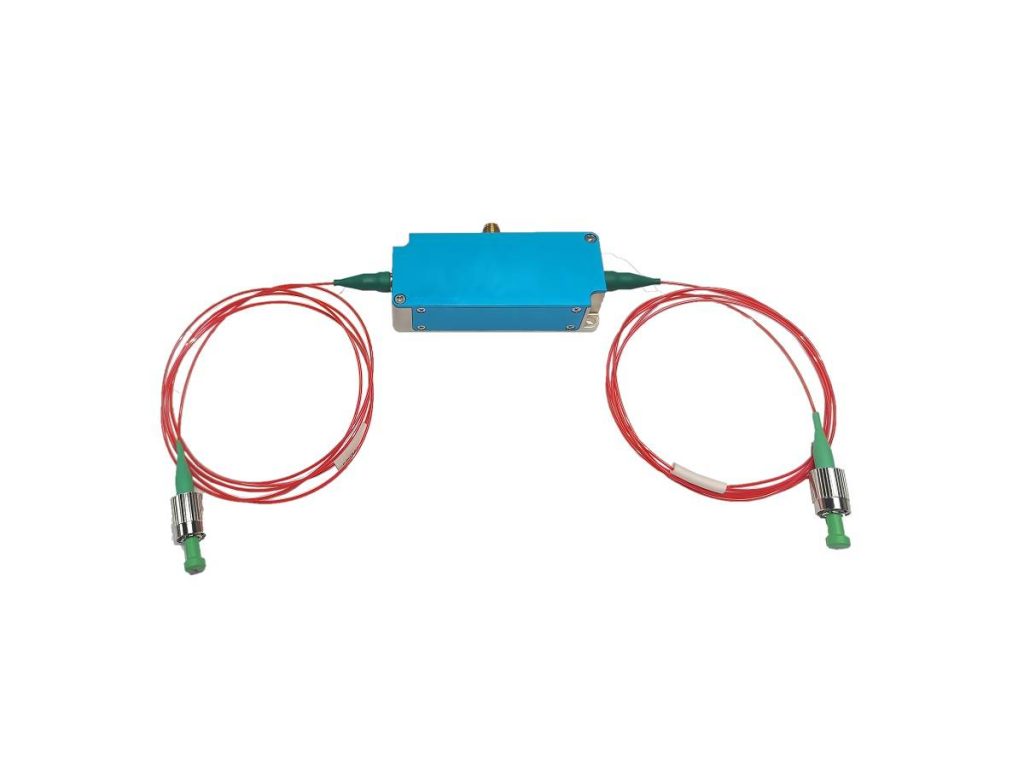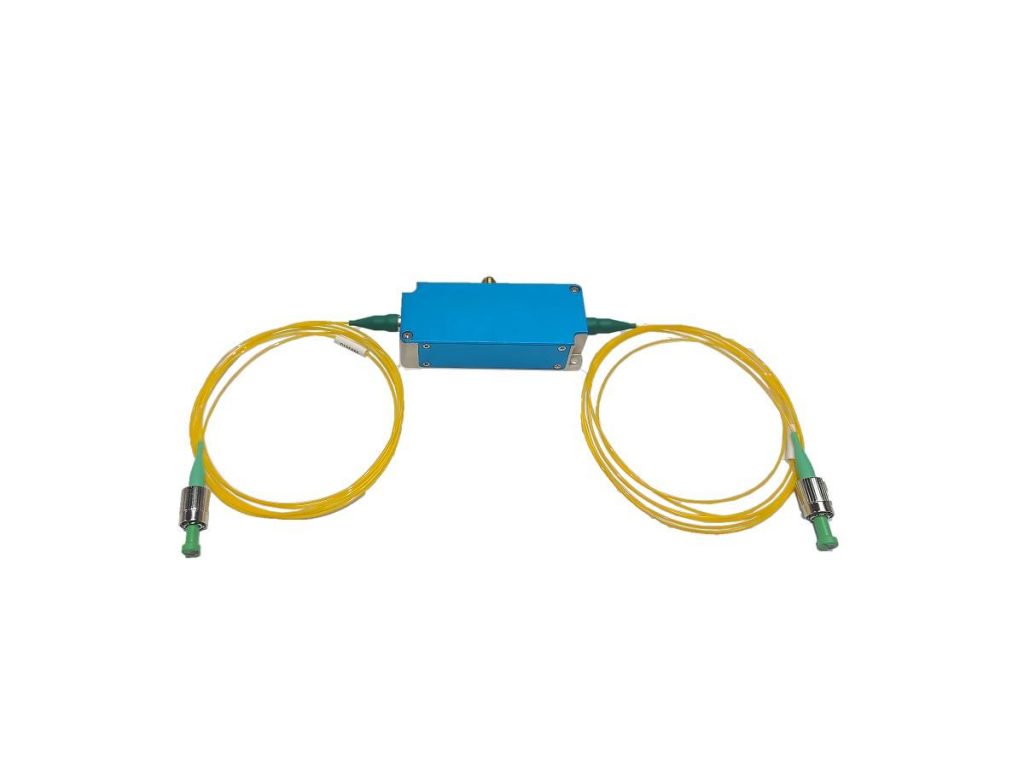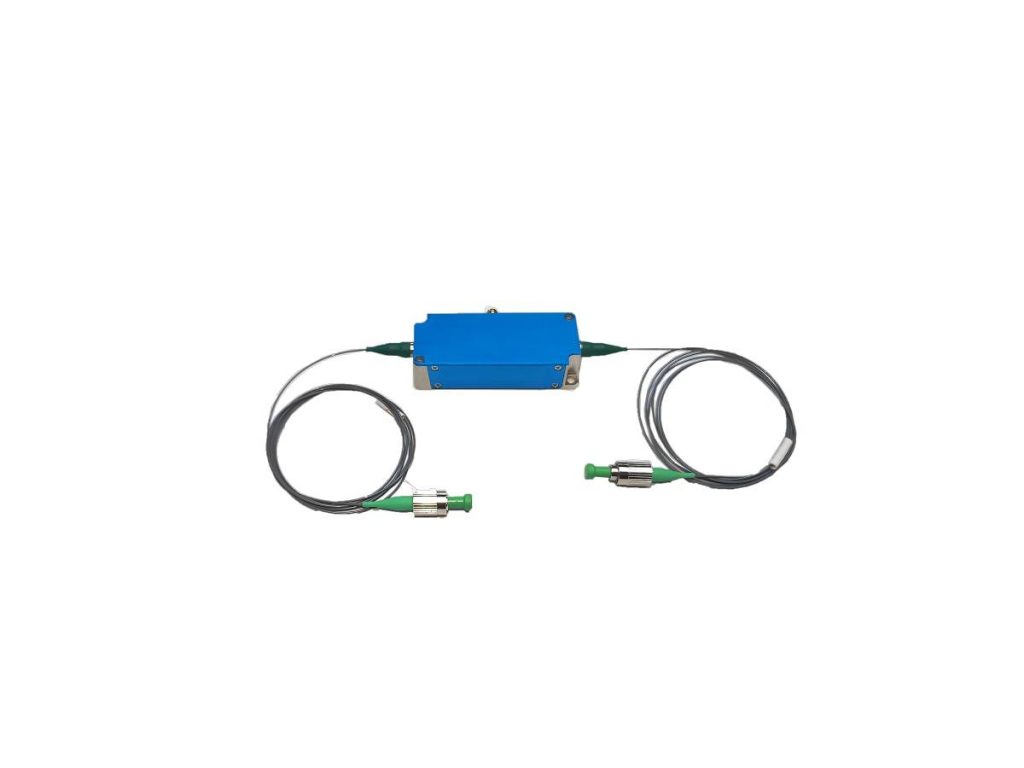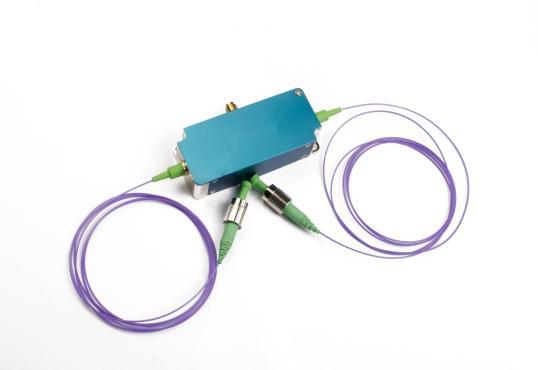The Synergistic of Optical Bandpass Filters and AOMs in High-Tech Applications
In the realm of optics and photonics, the integration of advanced technologies has led to significant advancements in various scientific and industrial applications. Among these, the collaboration between optical bandpass filters and acoustic optical modulators (AOMs) stands out for its ability to enhance precision in optical processing. This article delves into 5 practical applications of optical bandpass filters and AOMs synergistic working in high-tech industries.
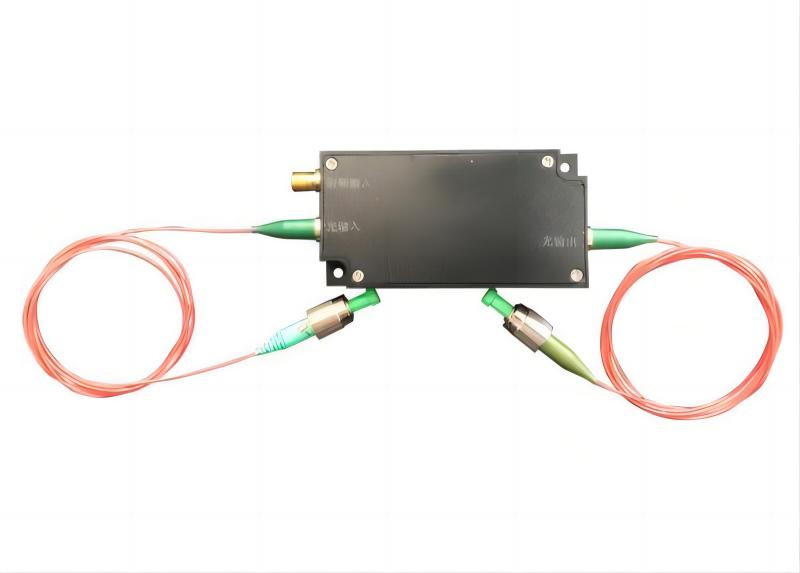
The Roles of Optical Bandpass Filters and Acousto-Optic Modulators in Synergistic Working
Before diving into specific applications, it’s important to understand the roles of optical bandpass filters and acousto-optic modulators.
- Optical Bandpass Filters: These are optical devices designed to allow only a specific range of wavelengths to pass through while blocking others. The precision of an optical bandpass filter is crucial in applications where only a narrow portion of the spectrum is of interest, such as in spectroscopy or imaging.
- Acousto-Optic Modulators (AOMs): AOMs are devices that use sound waves to modulate the frequency, or amplitude of a laser beam. By applying an acoustic signal to an AOM, the diffracted light can be shifted in frequency or deflected in direction. This makes AOMs highly useful in applications requiring precise control over laser light, such as frequency tuning or intensity modulation.
When these two technologies are used together, they provide a powerful toolkit for manipulating light in ways that enhance signal precision, reduce noise, and improve the accuracy of measurements. Below are 5 specific examples of how this combination is applied in different high-tech fields.
1. Laser Spectroscopy
Laser spectroscopy is a powerful technique used to analyze how light interacts with matter. By studying how different materials absorb or scatter light at specific wavelengths, scientists can identify the chemical composition of a sample. This technique has a wide range of applications in fields such as materials science, chemistry, and environmental monitoring. The precision and effectiveness of laser spectroscopy are significantly enhanced when acousto-optic modulators (AOMs) and optical bandpass filters are used in tandem.
Key benefits of using AOMs and optical bandpass filters in laser spectroscopy include:
- Frequency and intensity control: In Raman spectroscopy, for example, AOMs are used to perform fine-frequency scans over a specific range of wavelengths. This enables researchers to precisely isolate the frequency at which the sample interacts with the laser light, providing detailed information about its chemical composition.
- Noise reduction: A critical challenge in laser spectroscopy is the presence of background noise, which can interfere with accurate measurements. Optical bandpass filters help solve this issue by allowing only the specific wavelength of interest to pass through, blocking all others. This significantly improves the signal-to-noise ratio (SNR) and ensures more accurate results.
- Applications in environmental monitoring: Laser spectroscopy is widely used to detect trace gases in the atmosphere. By combining AOMs for precise laser frequency control with optical bandpass filters for noise reduction, scientists can detect even very low concentrations of gases with high accuracy, which is essential for monitoring environmental pollutants.
In summary, the combination of AOMs and optical bandpass filters enhances the precision and reliability of laser spectroscopy, making it a critical tool in both scientific research and industrial applications.
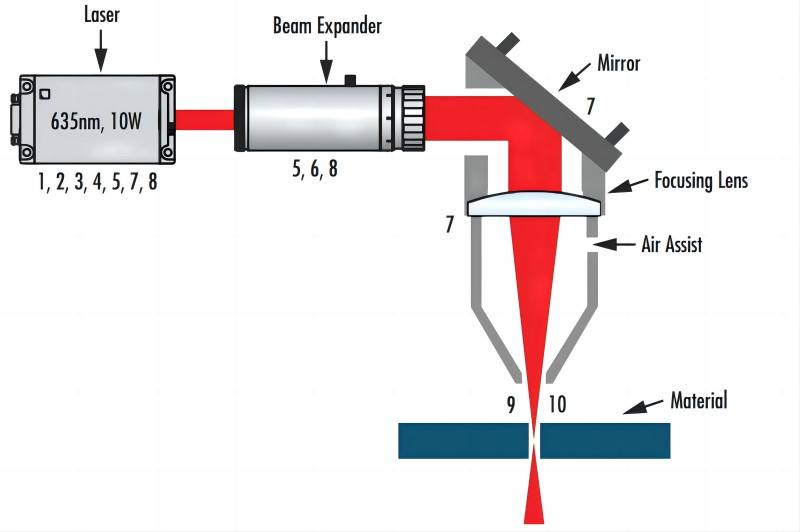
2. Optical Coherence Tomography (OCT)
Optical Coherence Tomography (OCT) is a non-invasive imaging technology extensively used in medical diagnostics, particularly in ophthalmology for high-resolution imaging of the retina. OCT relies on capturing cross-sectional images of biological tissues using light waves, requiring fine control over the wavelength of the light involved.
The use of AOMs and optical bandpass filters is central to the effectiveness of OCT systems. Key aspects of their synergy in OCT include:
- Rapid wavelength scanning: AOMs are employed to quickly scan different wavelengths of light across the tissue being imaged. This allows for the creation of detailed 3D images of the internal structure of the tissue, which is essential for diagnosing and monitoring diseases like macular degeneration or diabetic retinopathy.
- Real-time imaging: The fast switching between wavelengths enabled by AOMs allows OCT systems to perform real-time imaging, which is critical for applications such as guiding surgical procedures.
- Precision filtering: Optical bandpass filters are crucial in selecting the exact wavelength range needed for imaging. By filtering out unwanted light, optical bandpass filters enhance the clarity and resolution of OCT images, making it easier for doctors to detect small changes in tissue structure and diagnose conditions earlier.
The combined use of AOMs and optical bandpass filters has dramatically improved OCT technology, allowing for more precise imaging and better patient outcomes.
3. Spectral Analysis in Astronomy
Spectral analysis in astronomy is crucial for understanding the universe. By studying the light from distant stars and galaxies, astronomers can determine the chemical composition, temperature, and movement of celestial objects. This process involves analyzing the light emitted or absorbed at different wavelengths, providing vital insights into the nature of stars, galaxies, and other cosmic entities.
Key benefits of combining acoustic optical modulators and optical bandpass filters in the spectral analysis include:
- Isolating specific wavelengths: One of the primary challenges in astronomical spectroscopy is the faintness of the signals. Light from distant stars is often contaminated by background light from other sources, including the atmosphere and neighboring stars. Optical bandpass filters help astronomers isolate the specific wavelengths they are interested in, such as the emission lines of elements like hydrogen or oxygen, filtering out unwanted light and improving signal clarity.
- Measuring Doppler shifts: AOMs allow astronomers to scan across a range of frequencies and measure the Doppler shifts in the light emitted by celestial objects. The Doppler effect, which causes shifts in the light’s frequency when objects move toward or away from the observer, is crucial for studying the redshift of galaxies. This, in turn, provides insights into the expansion of the universe and the behavior of dark matter and dark energy.
- High-resolution spectral analysis: The combination of AOMs for precise frequency control and optical bandpass filters for noise reduction enables high-resolution spectral analysis. This helps astronomers gain critical information about the composition and movement of stars, galaxies, and other cosmic objects, contributing to our understanding of cosmic evolution.
In summary, the use of AOMs and optical bandpass filters in astronomical spectroscopy enhances the ability to detect and analyze faint celestial signals, leading to groundbreaking discoveries about the universe’s structure and behavior.
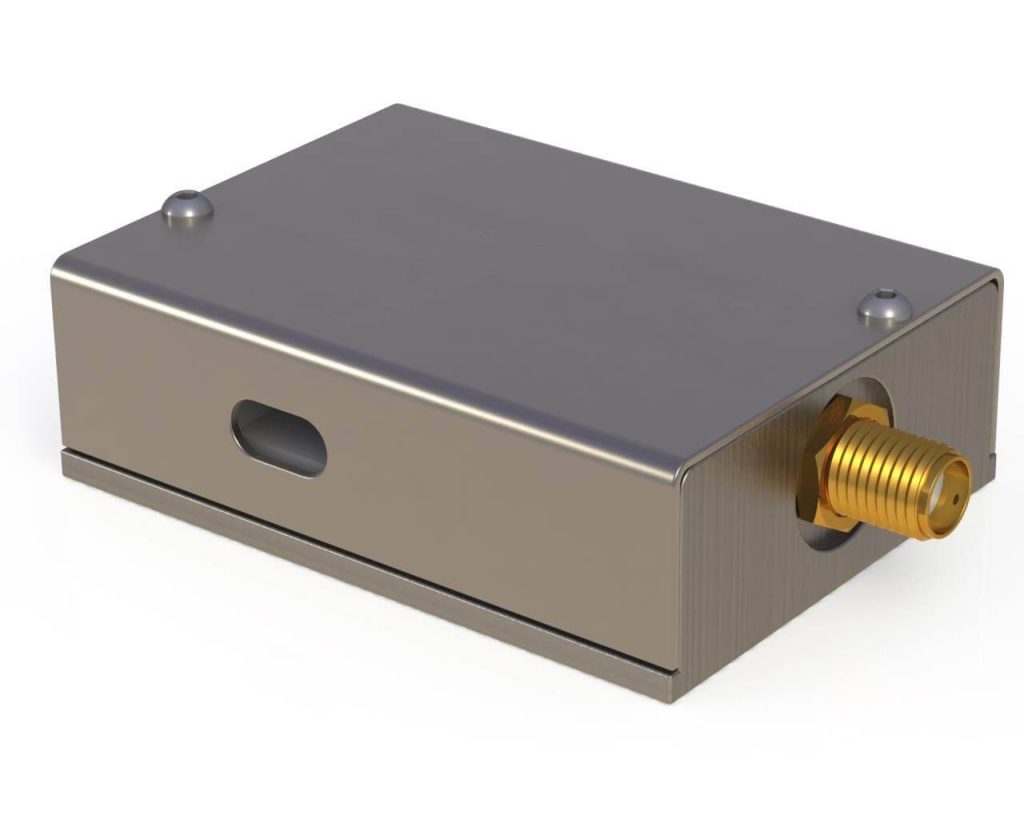
4. Biomedical Imaging
Biomedical imaging is another domain where the combination of acoustic optical modulators and optical bandpass filters is making significant advancements. Techniques like multi-spectral imaging involve capturing images at different wavelengths to provide detailed insights into biological tissues. This is especially valuable in applications like cancer diagnosis, where different tissue types reflect or absorb light in unique ways.
Key aspects of using AOMs and optical bandpass filters in biomedical imaging include:
- Rapid wavelength switching: AOMs are used to modulate the laser light source, enabling rapid switching between different wavelengths. This allows doctors and researchers to capture images at multiple wavelengths quickly, revealing critical information about tissue structure and function. For example, different wavelengths can highlight the oxygenation level in tissues or the vascular structure of tumors.
- Enhancing diagnostic accuracy: Optical bandpass filters are used to select the specific wavelengths most relevant to the imaging process. For example, when imaging tumors, optical bandpass filters can isolate the wavelengths that provide the highest contrast between healthy and cancerous tissues. This helps improve the accuracy of diagnoses, allowing for more precise detection of tumor boundaries.
- Improving surgical outcomes: By enhancing the clarity and contrast of medical images, the combination of AOMs and optical bandpass filters aids surgeons in identifying tumor boundaries and planning more accurate surgical procedures. This is crucial in minimizing damage to healthy tissues and improving patient outcomes.
In conclusion, the synergy between AOMs and optical bandpass filters in biomedical imaging is revolutionizing diagnostics and treatment, leading to more effective and targeted medical interventions.
5. Remote Sensing Technology
Remote sensing utilizes satellite and drone-based imaging systems to gather crucial data about the Earth’s surface. This technology is widely applied in areas such as environmental monitoring, urban planning, and disaster assessment. The challenge lies in capturing high-resolution images at multiple wavelengths, which is essential for analyzing various surface features like vegetation, bodies of water, and urban infrastructure.
Key benefits of using acoustic optical modulators and optical bandpass filters in remote sensing technology include:
- Multi-spectral image collection: AOMs modulate the light source, enabling satellites and drones to capture multi-spectral images. By rapidly switching between different wavelengths, AOMs allow remote sensing systems to gather detailed imagery of the Earth’s surface across a wide spectrum. This is vital for studying features like vegetation, water bodies, and urban infrastructure at various spectral bands.
- Enhanced image quality: Optical bandpass filters play a crucial role in filtering out unwanted light, ensuring that only specific wavelengths of interest are captured. This is especially important in applications such as monitoring vegetation health, where specific wavelengths are needed to detect changes in chlorophyll content. For example, filters focusing on the near-infrared band allow for accurate assessments of vegetation health, helping researchers track crop conditions or the impact of deforestation.
- Precision in environmental monitoring: The combination of AOMs and optical bandpass filters allows scientists to monitor the environment with greater precision. In agriculture, for instance, remote sensing data helps farmers assess crop health, detect water stress, and optimize irrigation practices. Meanwhile, forest management, it aids in monitoring forest health, detecting deforestation, and assessing the impact of natural disasters.
- Urban and disaster management: Remote sensing technology is invaluable for urban planning and disaster response. With AOMs enabling quick wavelength shifts and optical bandpass filters improving image clarity, cities can be mapped with high resolution, identifying infrastructure weaknesses or changes over time. In the event of a disaster, such as an earthquake or flood, remote sensing provides critical data for damage assessment and resource allocation during recovery efforts.
- Informed decision-making: The ability to capture high-quality, multi-spectral data enables policymakers to make more informed decisions. For example, environmental agencies use remote sensing to monitor water resources, track pollution, and manage protected areas. Accurate, high-resolution imagery helps ensure that policies are based on the best available data.
In conclusion, the combination of acousto-optic modulators and optical bandpass filters is transforming remote sensing technology. This powerful duo enhances the precision of environmental monitoring, urban development, and disaster management, contributing to more informed resource management and planning efforts globally.

Overall, the combination of optical bandpass filters and acousto-optic modulators represents a powerful technological synergy with wide-ranging applications in science, medicine, and environmental monitoring. As research continues to push the boundaries of what is possible, the future of optics and photonics is poised to witness even more innovative applications of these synergistic components.

